How to grow Indigofera |
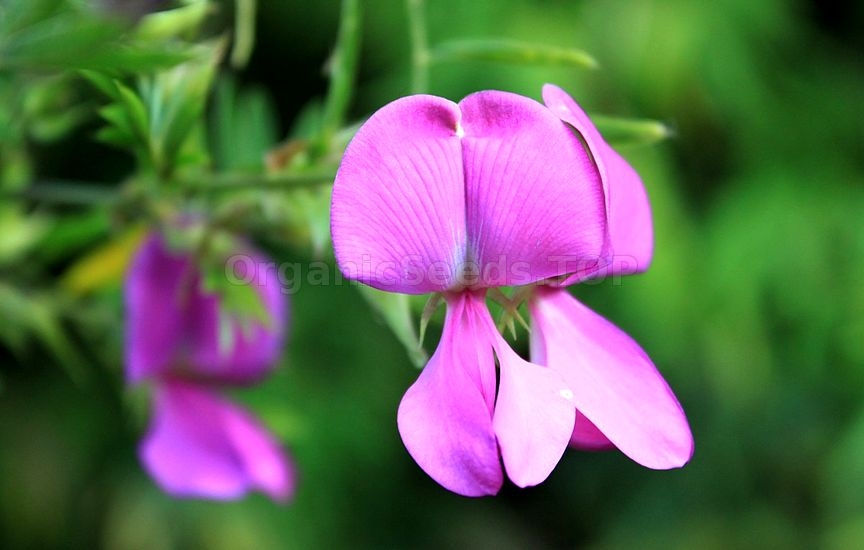 Shrubs that will flower freely in the dog days of August are highly prized by gardeners, one reason being that there are so few of them. They can be counted almost on the fingers of two hands: eucryphia, hoheria, clematis, buddleia, hydrangea, escallonia, hebe, perovskia, lavatera, cotinus, indigofera. Strangely, even in this small and select company, indigofera is sometimes forgotten. The name indigofera probably makes you think of the indigo plant, Indigofera tinctoria, which is a tropical herb. However, in the same genus can be found a clutch of medium-sized deciduous shrubs with very pretty pink or purple pea flowers. These flowers are set off well by the elegant, compound leaves. The shrubs will grow outside in our climate, provided they have some shelter, plenty of sunshine and a light soil in which to grow. 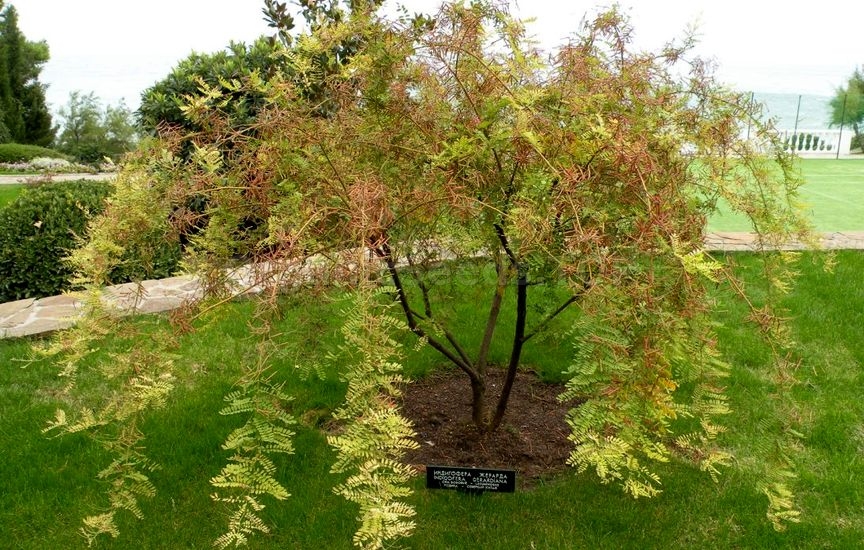 The choicest and most useful, to my mind, is a shrub from central China called Indigofera amblyantha which makes an erect, sparsely branched shrub up to 6ft tall; from the axils of the young shoots vertically growing racemes of pea flowers emerge. The racemes are up to 4in long, and the closely spaced flowers are shrimp-pink in colour. These first appear at the end of June, but continue to flower well into October, and are a beacon of interest in the shrub border in August. The leaf shoots are hairy when young and carry up to 11 mid-green, hairy, oval leaflets, each about 1in long. These flowers are finally followed by hairy pods. Indigofera amblyantha is probably the hardiest of those available, so it should be the choice for northern gardens. 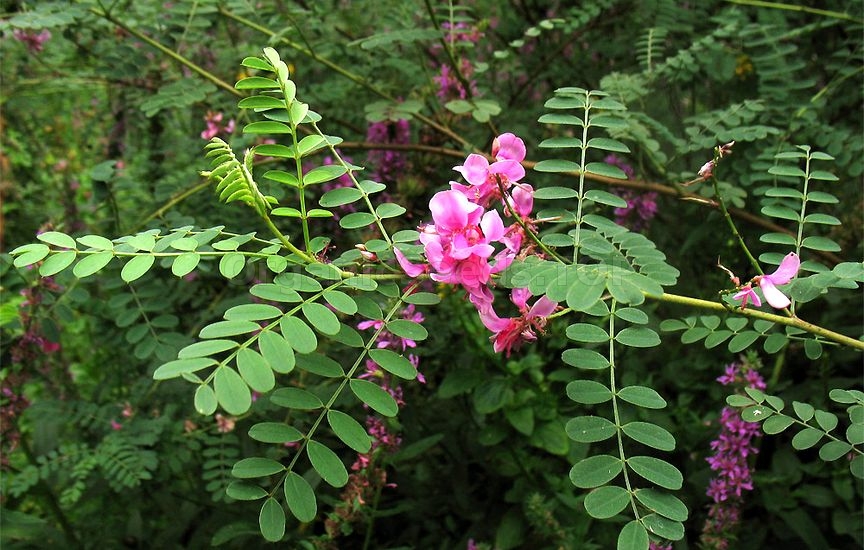 This indigofera is especially useful because of its immensely long flowering season, but the rather better known Indigofera heterantha (syn. I. gerardiana) is also a highly garden-worthy shrub. In mild districts, this makes a large shrub, as much as 8ft tall but is smaller if last year's shoots have been killed by cold winter weather. It has elegant 4in-long pinnate leaves, composed of up to 21 leaflets covered in short hairs, and 5in-long racemes of purple-pink flowers that appear from the end of June until September. How to grow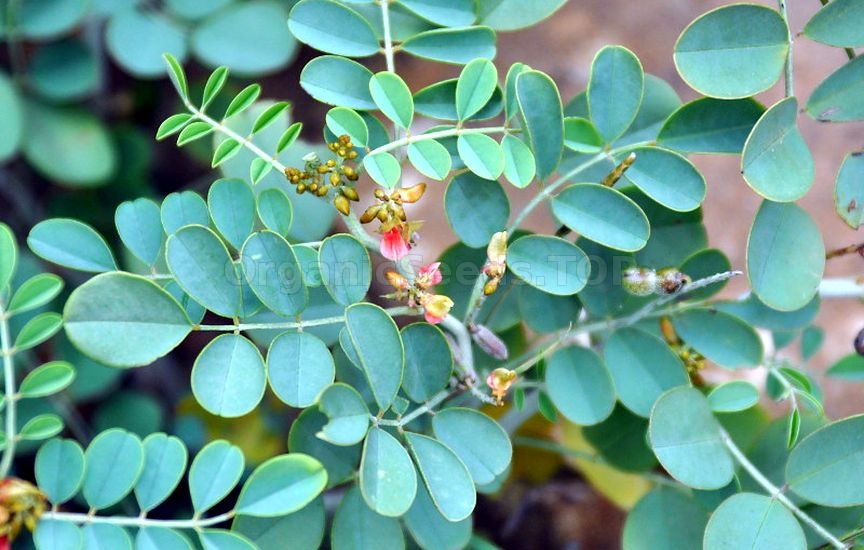 Indigoferas come from China or the Himalayas and do not thrive in cold, windy situations. Even when grown against a protective wall or fence, they sometimes lose their shoots in winter to cold, but new shoots will break again in the spring.
It is good practice to cut out the unsightly dead wood in late spring, as you would with Fuchsia magellanica. Plants that have not suffered in this way can still be hard-pruned to produce lots of young, flowering shoots. These shrubs should be planted in free-draining soil and in full sun, but they are not fussy as to pH, growing even on chalk. They can be propagated by seed, or by semi-ripe cuttings taken in summer and put in a closed propagator with bottom heat. Good companions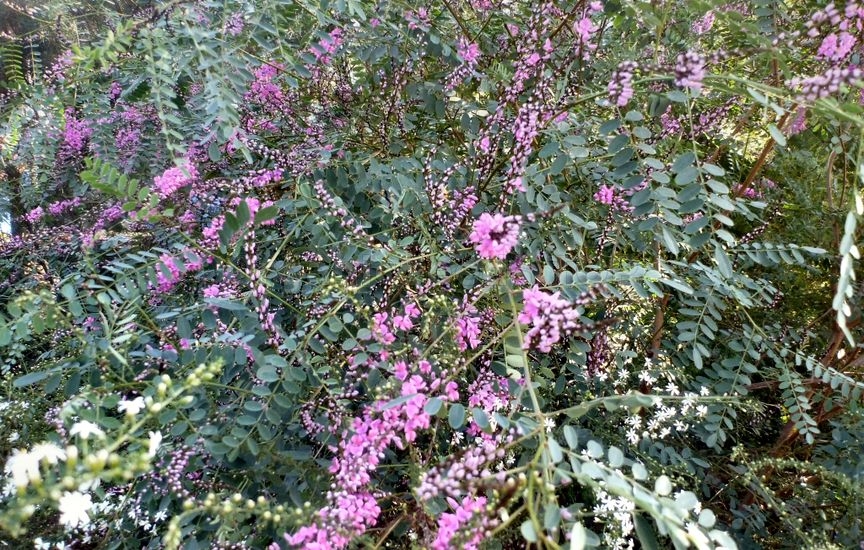 In a sunny shrub border, indigofera looks good if associated with pink or white repeat-flowering climbing roses, such as 'Pink Perpétué' or 'Madame Alfred Carrière', as well as modern shrub roses. Strong pinks such as 'Gertrude Jekyll' or 'Bonica' are ideal. Suitable shrubs that flower at the same time include escallonias, Elsholtzia stauntonii, Buddleia davidii cultivars, the white-flowered Potentilla fruticosa 'Abbotswood', Perovskia atriplicifolia, Caryopteris x clandonensis 'Kew Blue' and summer-flowering hebes, such as 'Midsummer Beauty'. 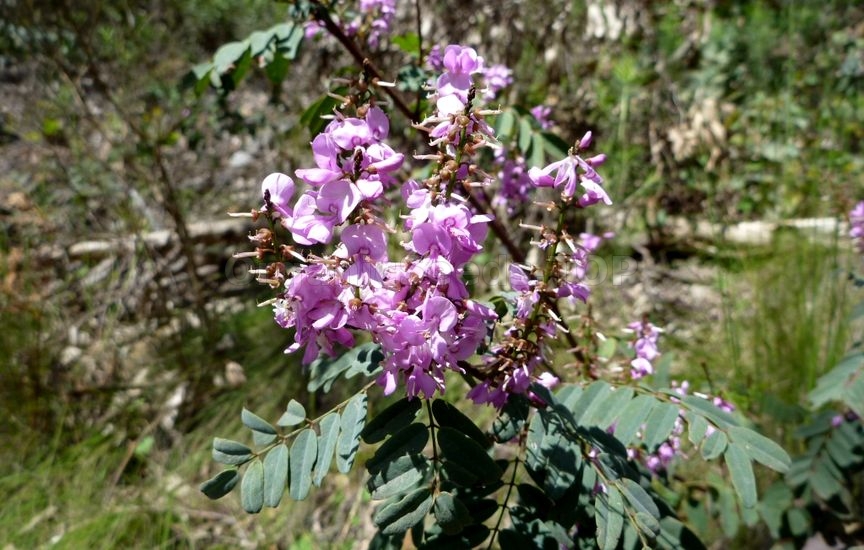 A late, small-flowered clematis, such as Clematis viticella, would look charming clambering through the indigofera. Herbaceous perennials which enjoy the same conditions, and which have sympathetic colours, include echinaceas, diascias, penstemons, eryngium and agapanthus. You may need:Organic Indigofera Gerardiana Seeds«Niagara» - Organic Pearlbush SeedsOrganic Manchurian Lime Seeds (Tilia Mandshurica)«Delta» - Organic Jacaranda SeedsOrganic Canadian Serviceberry Seeds (Amelanchier Canadensis) |
|
|
